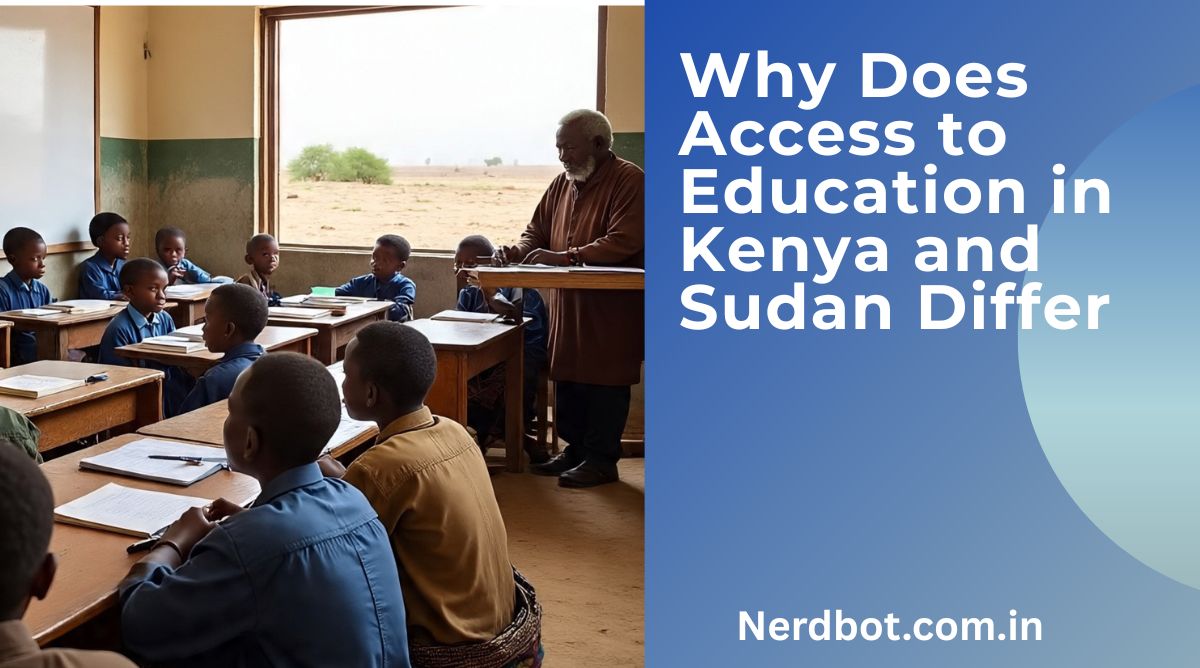The Indian parliamentary system is modeled closely after the Westminster system, and its bicameral legislature comprises the Lok Sabha (House of the People) and the Rajya Sabha (Council of States). Among the two, the Lok Sabha holds a critical position as the directly elected body that represents the citizens of India. A fundamental feature of the Lok Sabha is that it is not a permanent body—it has a tenure of five years but can be dissolved earlier. This brings us to a central constitutional and political question: Who can dissolve the Lok Sabha?
Understanding this question requires delving into constitutional provisions, the powers of key constitutional authorities such as the President and the Prime Minister, and the conventions that have evolved over time. This article provides an in-depth exploration of the mechanisms, implications, and historical instances of the dissolution of the Lok Sabha.
Constitutional Basis for the Dissolution of the Lok Sabha
The power to dissolve the Lok Sabha is vested in the President of India, as per Article 85(2)(b) of the Constitution of India. The article reads:
“The President may from time to time dissolve the House of the People.”
However, this power is not absolute. The President exercises this function based on the advice of the Council of Ministers, headed by the Prime Minister, as stipulated in Article 74 of the Constitution:
“There shall be a Council of Ministers with the Prime Minister at the head to aid and advise the President who shall, in the exercise of his functions, act in accordance with such advice.”
This means that although the President formally dissolves the Lok Sabha, the real power lies with the Prime Minister and the Council of Ministers.
When Can the Lok Sabha Be Dissolved?
The Lok Sabha can be dissolved under the following circumstances:
1. On Completion of Its Term
The normal tenure of the Lok Sabha is five years from the date of its first sitting. Upon the expiry of this term, the President dissolves the Lok Sabha automatically, and general elections are held.
However, during a national emergency, the term of the Lok Sabha may be extended by one year at a time, but not beyond six months after the emergency ceases to operate.
2. On the Advice of the Prime Minister Before the Completion of the Term
The Prime Minister can recommend the dissolution of the Lok Sabha before its full term, particularly when:
- The government loses majority support in the House.
- The Prime Minister seeks a fresh mandate from the people.
- A deadlock or instability makes the functioning of the Lok Sabha ineffective.
In all such scenarios, the President, though formally vested with the power, acts on the advice of the Prime Minister.
3. In Case of No Viable Government Formation
When no party or coalition is able to prove its majority in the Lok Sabha after an election, or a government loses a vote of confidence and no alternative government is possible, the President may dissolve the Lok Sabha and call for fresh elections.
This situation often arises in a hung Parliament where no single party commands a clear majority.
Role of the President: Discretion or Ceremony?
The role of the President in dissolving the Lok Sabha is largely ceremonial due to the constitutional mandate to act on the advice of the Council of Ministers. However, certain exceptional situations may warrant discretion:
- If the ruling government loses majority support and advises dissolution, the President may choose to explore alternative formations rather than immediately accept the advice.
- If the advice is given when a vote of no confidence is imminent or pending, the President may withhold assent temporarily.
- If a caretaker government recommends dissolution, especially when a new majority is emerging, the President may exercise discretion in not accepting the advice.
That said, in most practical scenarios, the President’s role remains bound by convention and legal precedent.
Historical Instances of Lok Sabha Dissolution
To understand how this process has played out in practice, let’s examine some significant instances in Indian political history:
1. 1970 – Fourth Lok Sabha
Prime Minister Indira Gandhi recommended the dissolution of the Lok Sabha in December 1970, almost a year before its scheduled term ended. The political climate was unstable, and the move was intended to seek a fresh mandate. The President accepted the advice, and fresh elections were held in March 1971.
2. 1991 – Ninth Lok Sabha
The Ninth Lok Sabha was dissolved by President R. Venkataraman in March 1991 on the advice of Prime Minister Chandra Shekhar, whose minority government had lost support. This is an example of dissolution following a breakdown of majority support.
3. 1999 – Twelfth Lok Sabha
The Atal Bihari Vajpayee government lost a vote of confidence by a single vote in April 1999. The President dissolved the Lok Sabha after no alternative government could be formed, and fresh elections were held.
These cases highlight that while the dissolution of the Lok Sabha is technically a presidential action, it is functionally a political and parliamentary decision.
Legal and Political Implications
The dissolution of the Lok Sabha has profound legal and political consequences:
1. Caretaker Government
Once the Lok Sabha is dissolved, the ruling government continues as a caretaker government until the new House is constituted and a new government is formed. The caretaker government refrains from making major policy decisions.
2. Lapse of Pending Bills
All pending bills and motions in the Lok Sabha lapse upon dissolution, except money bills, which are introduced anew in the next House. However, bills pending in the Rajya Sabha do not lapse.
3. Constitutional Continuity
The Rajya Sabha and the President continue to function during this period, maintaining constitutional continuity and stability.
Comparative Perspective: Dissolution in Other Democracies
In the UK, the monarch (currently the King) dissolves Parliament upon the advice of the Prime Minister, similar to India. However, the Fixed-term Parliaments Act of 2011 temporarily limited this power before being repealed in 2022.
In the United States, the legislature (Congress) has fixed terms and cannot be dissolved by the executive. This highlights a significant difference in the separation of powers model.
India’s system strikes a balance between executive control and parliamentary supremacy, allowing flexibility in governance.
Debate on Misuse and Reforms
There have been concerns about the misuse of dissolution powers for political gain, particularly when governments dissolve the Lok Sabha prematurely to time elections advantageously.
Some scholars and political analysts have called for guidelines or legislative safeguards to:
- Prevent arbitrary dissolution.
- Define the role of the President more clearly in cases of conflicting claims.
- Encourage the exploration of alternative governments before resorting to fresh elections.
Conclusion
To summarize, the President of India formally dissolves the Lok Sabha, but this power is exercised only on the advice of the Prime Minister and the Council of Ministers. This process is embedded in the principles of responsible government, democratic accountability, and constitutional checks and balances.
While the dissolution of the Lok Sabha is a powerful tool in parliamentary democracy, its judicious use ensures the smooth functioning of the democratic process and protects the sanctity of electoral mandates. Understanding who can dissolve the Lok Sabha not only demystifies a crucial constitutional function but also enhances public awareness of the delicate balance between power and responsibility in India’s governance structure.










